On the morning of October 7, in Long Dien commune (HCMC), the Department of Culture and Sports of HCMC and the People's Committee of Long Dien commune organized a scientific workshop "Ba Ria Tomb and Cultural Heritage Values", aiming to recognize and properly evaluate the potential to have a direction to preserve and promote the relic values of a unique architectural work.
LEGEND OF BA NGUYEN THI RIA AND HER TOMB
Regarding the character Nguyen Thi Ria, according to Gia Dinh Thanh Thong Chi by Trinh Hoai Duc (1820): "Ba Ria was from Phu Yen (born in 1665, died in 1759). At the age of 15, she followed a group of migrants to the South to reclaim land under the reign of Lord Nguyen Phuc Tan. The land of Mo Xoai - Long Dien at that time was still wild, full of wild animals and diseases. With a strong will, she organized and gathered migrants to reclaim the wasteland, establish villages, and turn this place into a fertile land".
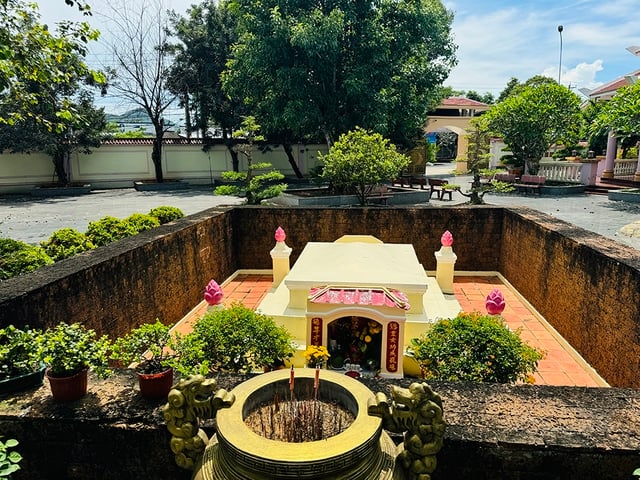
Ba Ria cemetery today
PHOTO: QUYNH TRAN
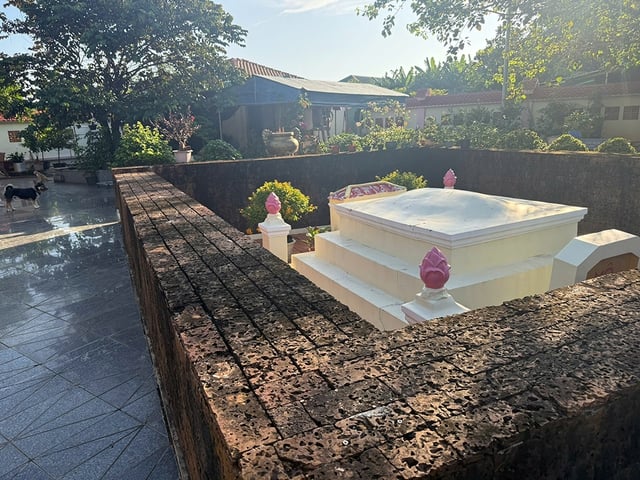
Ba Ria cemetery today
PHOTO: QUYNH TRAN
Mr. Pham Thanh Son, former cultural officer of Tam Phuoc commune (old), added: "Mrs. Nguyen Thi Ria had a lot of influence on the local name. After her death, the bridge connecting Tam Phuoc - An Nhat, where Ba Ria reclaimed 300 hectares of rice fields, was named Ba Nghe bridge. In 1865, the French colonialists divided the whole of Cochinchina into 13 administrative offices. Phuoc Tuy district of the Nguyen dynasty at that time was also named Ba Ria administrative office. In 1876, the French divided Bien Hoa, Phuoc Tuy district was renamed Ba Ria province."
Ba Ria tomb is located near Tam Phuoc market (Long Dien commune) in a very solemn and shady area of about 1,800 m2 . The architectural and artistic work includes: gate, surrounding wall, memorial stele, hexagonal house, shrine, group of statues, tomb and other auxiliary works. The entrance gate is designed simply, stylized in the shape of a house with a tiled roof. To the left of the shrine is a group of sculptures with images of men and women cutting trees, building bridges, rowing boats across waves... showing the meaning of the land reclamation and expansion of the people in ancient times. The tomb is surrounded by a laterite wall about 100 cm high. The tombstone is stylized in the shape of a house, with a fake yin-yang tiled roof, with Chinese characters and the words Nguyen Tien Nuong on it.
In 1902, the French School of the Far East organized the reconstruction of Ba Ria's tomb. In 1936, under the An Phu Thuong government (Ba Ria province) and in 1972 under the Phuoc Tuy province, the local government twice restored the tomb. In 2008, the locality also restored the spacious tomb and held the anniversary of Ba's death on the 20th day of the 2nd lunar month every year (instead of the 16th day of the 6th lunar month).
CONNECTING HERITAGE VALUES
Although there are different views on the stories about Mrs. Nguyen Thi Ria, all opinions affirm the unique value of the architectural art of Ba Ria tomb, closely linked to the religious life of the people, reflecting the intersection between memories and spiritual beliefs of the community. Ba Ria Tomb relic is also recognized not only as a historical - cultural symbol with spiritual value and community identity, but also as an important resource for developing local cultural tourism in a sustainable direction.
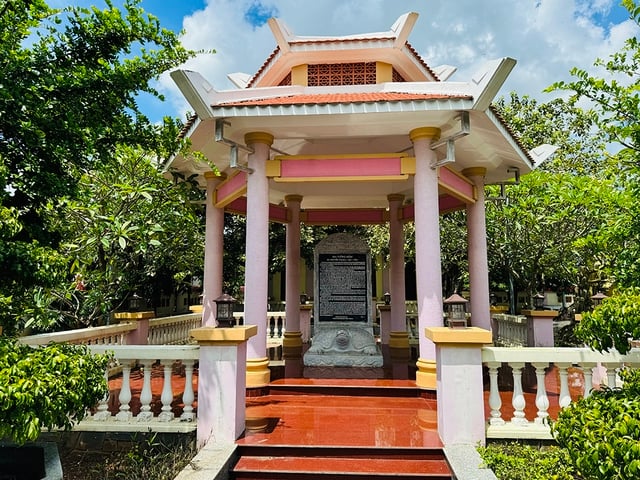
Memorial stele placed next to the entrance to Ba Ria cemetery
PHOTO: QUYNH TRAN
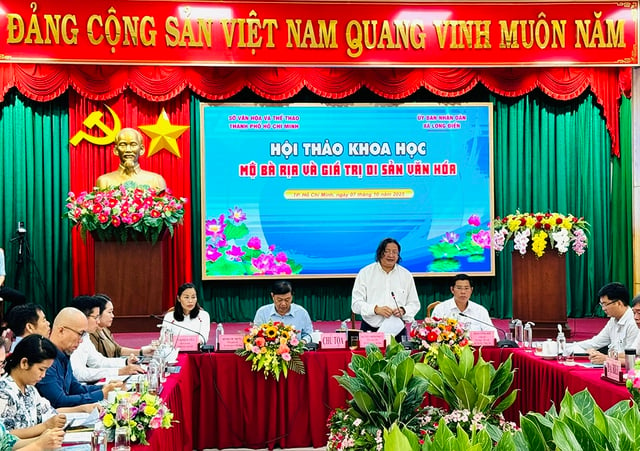
Scene of the scientific seminar "Ba Ria Tomb and Cultural Heritage Value"
PHOTO: QUYNH TRAN
Being proud of Ba Ria, as a local, Mr. Pham Thanh Son suggested to soon complete the dossier to rank the historical relic for the tomb, contributing to the good preservation work, educating generations to always remember their ancestors, the predecessors and descendants who had the merit of clearing land to build the village and commune.
Master Duong Truong Phuc (University of Social Sciences and Humanities, Ho Chi Minh City National University) proposed to plan to make Ba Ria's tomb a highlight in spiritual cultural tourism routes, taking advantage of its location near famous places such as Vung Tau Front Beach or Minh Dam Mountain, building a "Ba Ria discovery tour", starting from her tomb and ending with a reenactment of the death anniversary with folk costumes, developing spiritual tourism products associated with historical stories and legends.
Deputy Director of the Department of Culture and Sports of Ho Chi Minh City Nguyen Minh Nhut emphasized: "I think there really is a legend about Ba Ria and Ba Ria's tomb, so good that it has a name, hometown, date and time of merit and is so reasonable that the residents of Ba Ria-Vung Tau and even the people of Phu Yen are proud of her. There is really a basis to initially affirm the artistic value of a unique architectural work from the composite materials used to build the tomb and its shape. Through this scientific conference, we have a basis to continue researching and synthesizing the values of culture, history, and architectural art to continue to establish a heritage record for Ba Ria's tomb."
If the Tomb of General Le Van Duyet (Gia Dinh Ward, Ho Chi Minh City) is of royal character, large-scale and built by the feudal court, the tomb of Ba Ria is simple, close and preserved by the community. Both demonstrate the close relationship between the pioneering work - the people's respect - folk beliefs. The relic site has a three-door gate, a hexagonal stele house placed on the back of a stone turtle, and many sculptures depicting the pioneering scene, a "stone epic", vividly recreating the life and achievements of those who pioneered the land.
MSc. Tran Van Phuong (Ho Chi Minh City Institute for Research and Development)
Source: https://thanhnien.vn/giai-ma-mo-ba-ria-18525100722065517.htm


![[Photo] Prime Minister Pham Minh Chinh receives President of Cuba's Latin American News Agency](/_next/image?url=https%3A%2F%2Fvphoto.vietnam.vn%2Fthumb%2F1200x675%2Fvietnam%2Fresource%2FIMAGE%2F2025%2F12%2F01%2F1764569497815_dsc-2890-jpg.webp&w=3840&q=75)




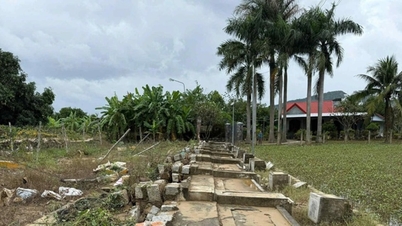

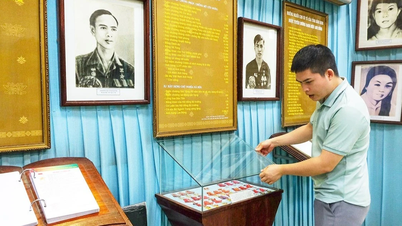

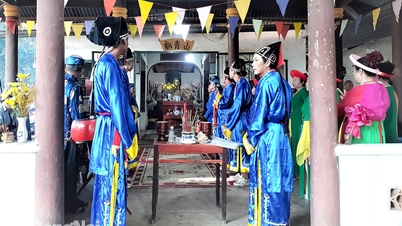

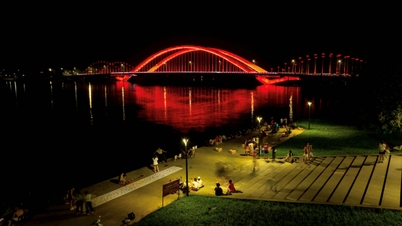

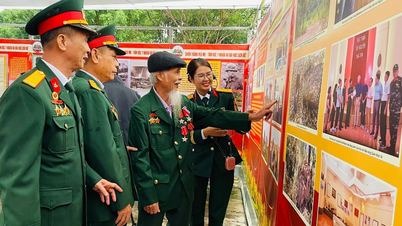
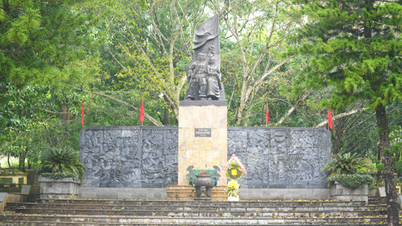


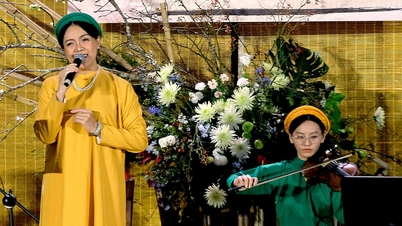



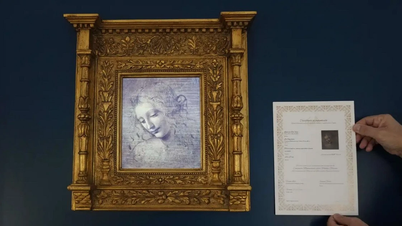

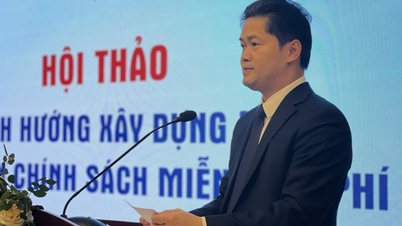
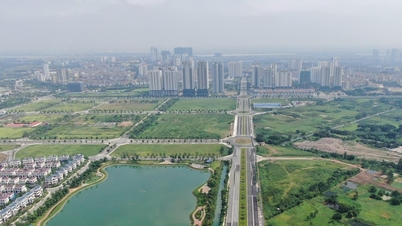









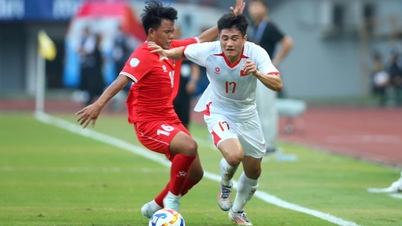
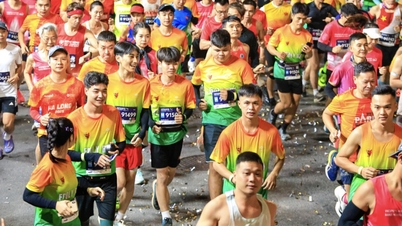



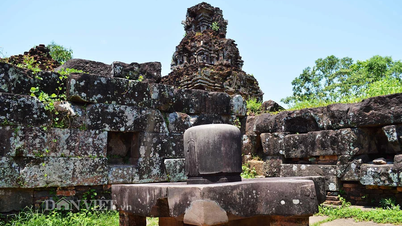

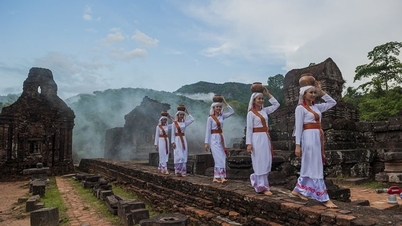
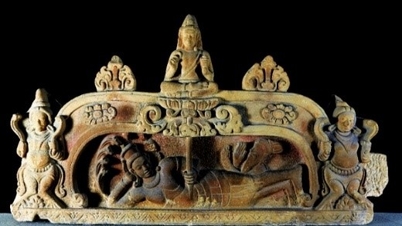
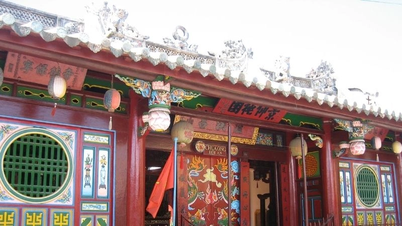
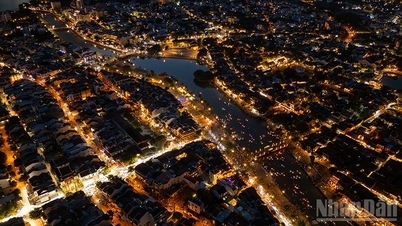
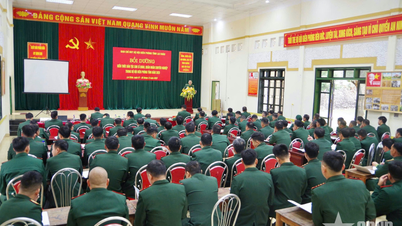



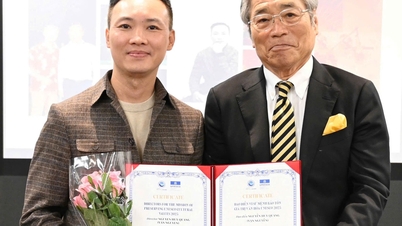


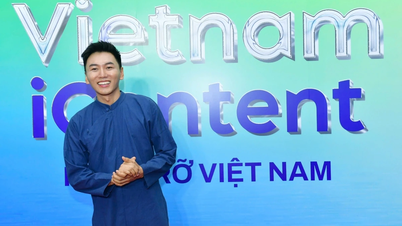

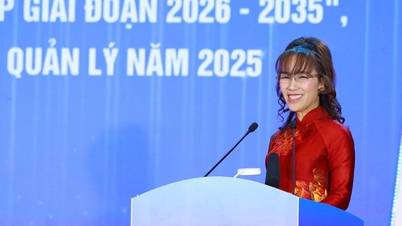

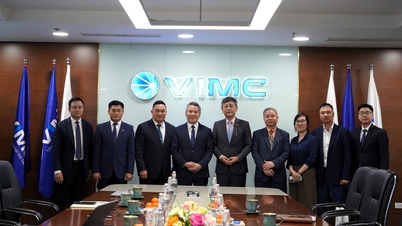


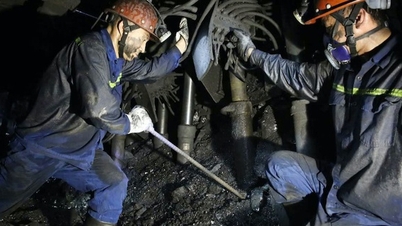

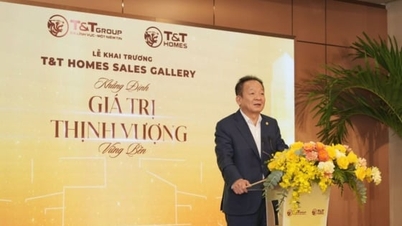










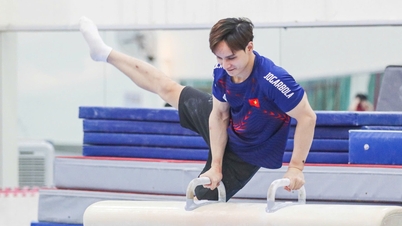

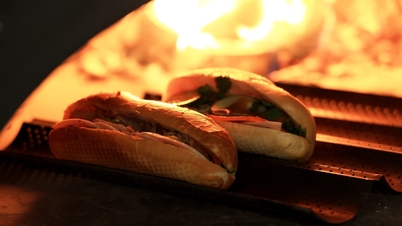
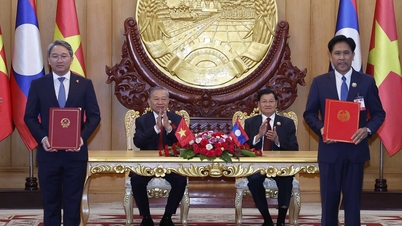
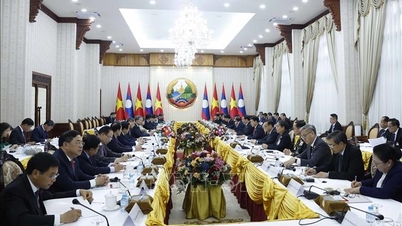



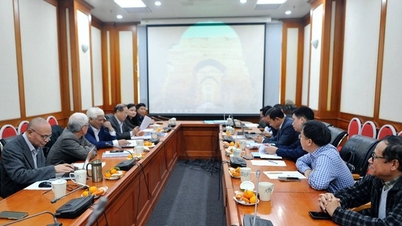
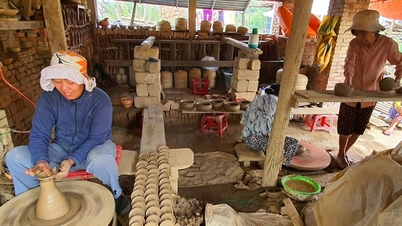

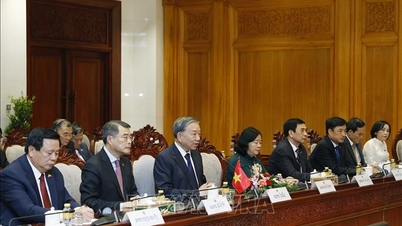
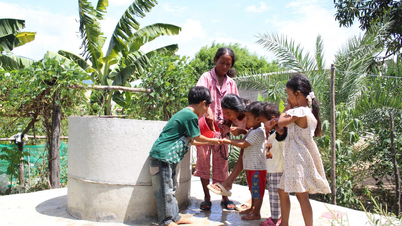

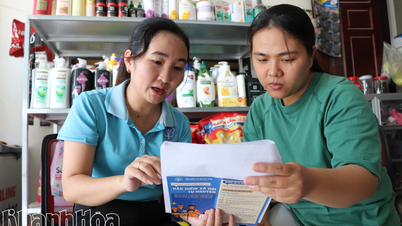
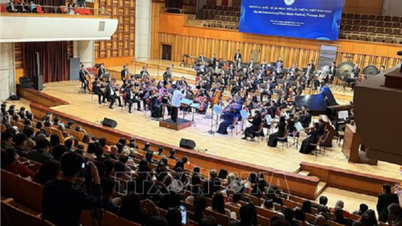

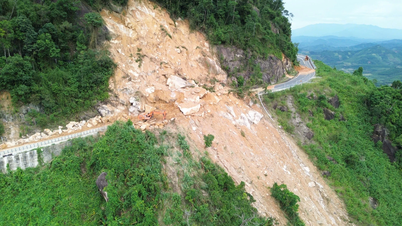
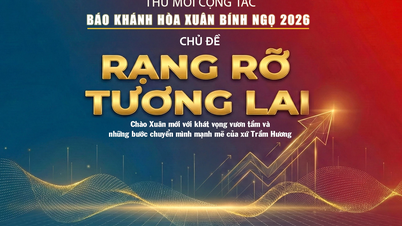
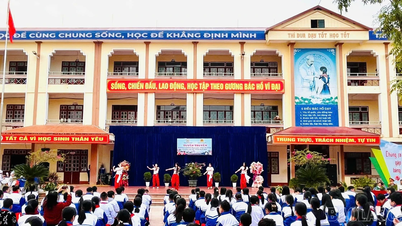










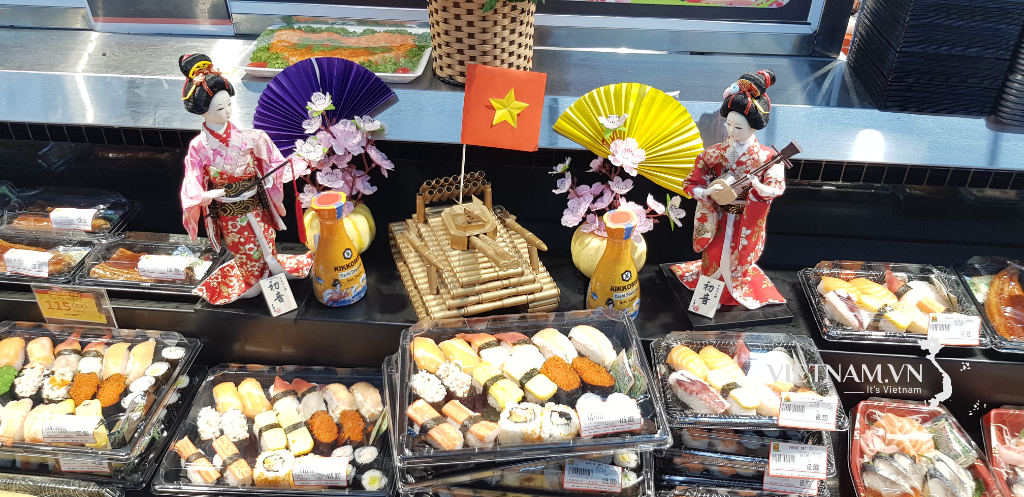

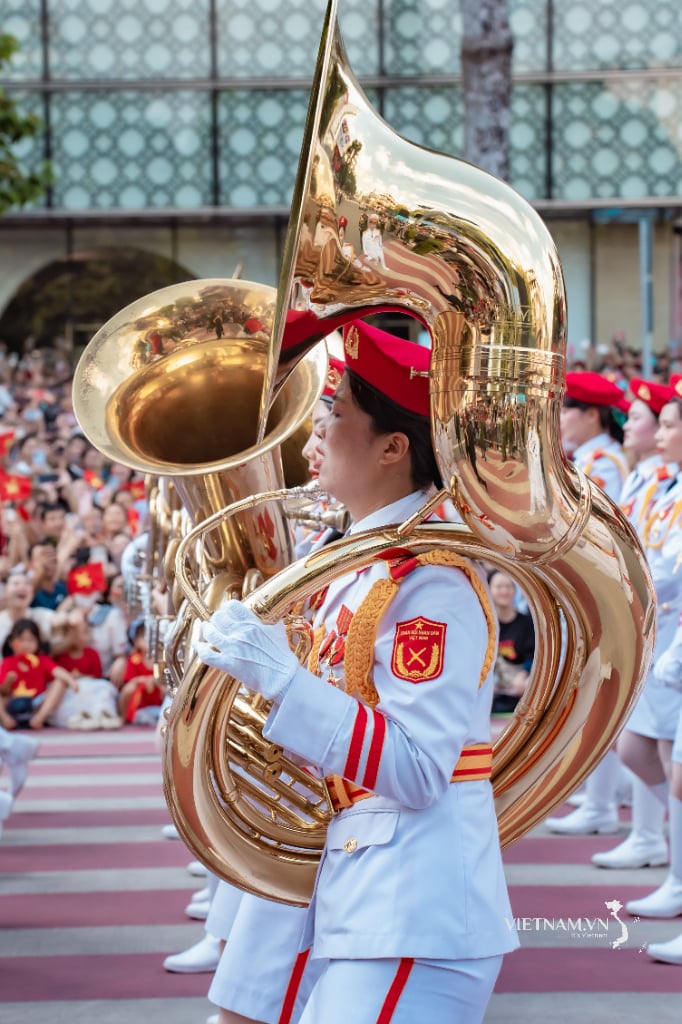

Comment (0)